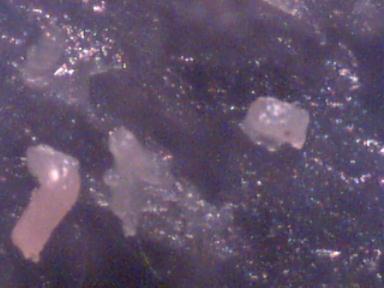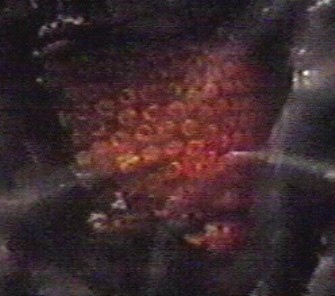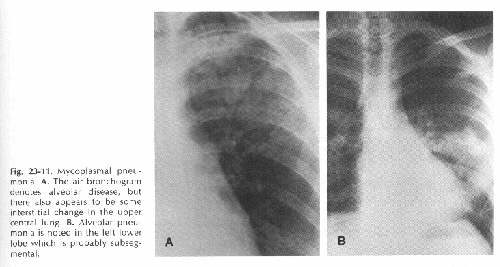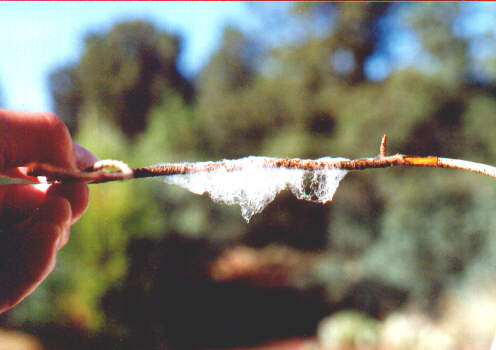
“ORANGE MARKER” QUESTION
Over the course of several months, many individuals who participate on the www.carnicom.com chat board came to experience the unusual event whereby these individuals noticed bright orange fluorescent spots on their faces and especially in the nasal region while under only a black light. The material of these orange spots was found to be difficult to wash off, but could be extracted by squeezing the skin around the spots. Pictures of the materials removed are attached in this paper. It is desired to have people from the health profession to provide input as to any known nature of this phenomenon. As well, anyone with laboratory resources who can help identify this is encouraged to contact the Carnicom Institute.












